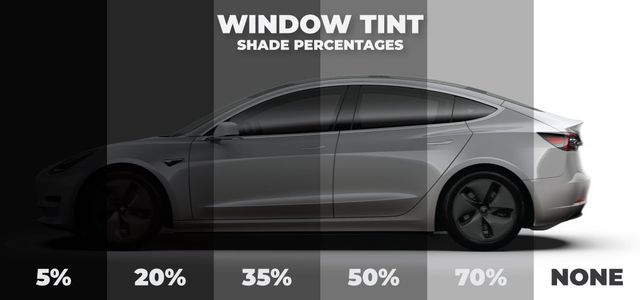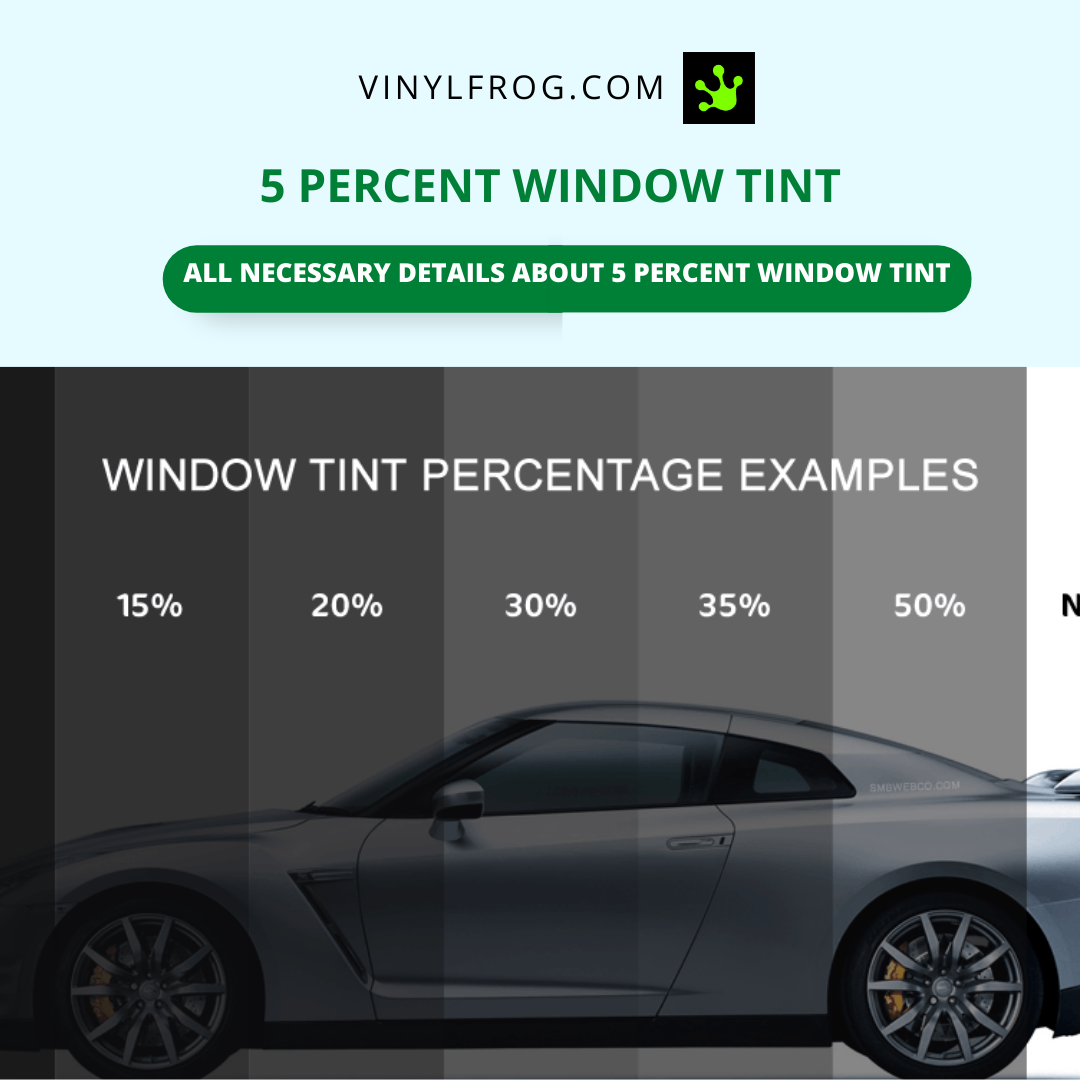Home Window Tinting Regulations and Guidelines: What You Required to Know Prior To Tinting Your Automobile
Prior to waging home window tinting for your vehicle, it is vital to familiarize yourself with the varied laws and standards that regulate this technique throughout various states. These laws dictate the acceptable degrees of color darkness, typically determined by visible light transmission (VLT) portions, and include particular terms for front windshields targeted at making certain roadway security. Furthermore, specific territories may supply clinical exceptions for individuals with qualifying conditions. Understanding these complexities can save you from possible lawful implications, yet what are the specific guidelines in your state?
Introduction of Window Tinting Rules
Home window tinting legislations are regularly based on variation throughout different territories, reflecting local regulations and safety factors to consider. These legislations dictate the allowable degrees of tint darkness and reflectiveness on car home windows, ensuring that vehicle drivers preserve ample visibility while also securing versus harmful UV rays and warmth.
Most regulations identify window tinting based on the Visible Light Transmission (VLT) percentage, which indicates the amount of light that can travel through the home window. Normally, lower VLT percents symbolize darker colors. Legislations commonly set apart in between the front, side, and back windows, with stricter limitations used to the front windshield to improve safety for both the driver and various other road individuals.
Additionally, some territories enforce constraints on the reflectivity of the tint, stopping excessive glow that could impair exposure. Exceptions to these regulations may exist for individuals with specific clinical conditions requiring additional sunlight security. Compliance with home window tinting laws is important, as violations can result in fines, necessary removal of the color, and potential increases in insurance premiums. It is crucial for vehicle proprietors to acquaint themselves with regional laws before proceeding with home window tinting installments.
State-by-State Color Regulations
Recognizing the details window tinting policies in each state is crucial for automobile owners seeking to abide by the regulation. Each state in the united state has actually developed its own collection of guidelines controling window tinting, which can differ significantly. These laws typically determine the allowable degrees of tint darkness, the sorts of home windows that can be tinted, and any kind of clinical exemptions that may use.
As an example, states like California have stringent constraints on tint darkness for front windows, while others, such as New Mexico, might permit darker colors. In addition, certain states mandate details visibility percents for different windows, including the windshield, front side home windows, and back windows. It is important for automobile proprietors to acquaint themselves with their state's legislations to avoid potential penalties or penalties.
Moreover, some states may need a certification sticker to be put on tinted home windows, suggesting compliance with state regulations. Failure to stick to these laws not just risks lawful consequences however can also influence safety and security and visibility while driving. Therefore, vehicle proprietors must perform complete study or speak with neighborhood authorities to make certain full understanding and compliance with state-by-state tint guidelines.
Allowed Tint Degrees and Types
Lots of lorry owners may be stunned to find out that permitted color her response levels and kinds vary widely throughout various states. Each state has established its very own regulations relating to the permissible darkness and reflectivity of home window color, frequently gauged by Visible Light Transmission (VLT) percentages. VLT refers to the amount of light that can pass through the colored windows; hence, a lower percent shows a darker color.

Additionally, the kinds of tint materials permitted can vary, with some states forbiding metal or mirror-like coatings. It is vital for lorry proprietors to acquaint themselves with their state's certain legislations to make certain conformity. Non-compliance can result in fines, required elimination of the color, or various other legal consequences, making it vital to recognize these regulations before waging setup.
Medical Exceptions for Tinting
While not all states give allowances for medical exceptions concerning window tinting, those that do recognize the necessity for certain individuals to boost presence and comfort due to clinical conditions. Different medical problems, such as lupus, skin cancer, and specific eye conditions, can make individuals specifically look here conscious sunlight. These individuals might call for darker colors to protect themselves from unsafe UV rays and glare.

It is very important to keep in mind that even with website here a medical exception, there may still be restrictions on the degree of tint permitted. Compliance with state legislations makes sure that people are both secured and within lawful limitations. Those considering clinical exemptions ought to contact their neighborhood Division of Electric motor Automobiles or equivalent authority to understand the treatments and demands necessary to get an exception effectively.
Charges for Non-Compliance
Failing to adhere to home window tinting laws can lead to substantial fines, which vary by state. Police are empowered to issue citations for vehicles that do not comply with the defined tinting guidelines. These fines commonly include penalties, which can vary from small total up to several hundred dollars, relying on the extent of the infraction and the state in inquiry.
In some jurisdictions, duplicated offenses might result in rising fines or extra charges, such as required court appearances. In addition, non-compliance may require the removal of unlawful tinting, often at the proprietor's expenditure. In extreme cases, regular offenders might face suspension of their vehicle registration up until conformity is accomplished.
In addition, insurance coverage ramifications might develop from getting numerous citations for home window color offenses. Insurance firms might view such offenses as a sign of riskier actions, possibly bring about increased costs or problem in insurance coverage.
To stay clear of these fines, it is crucial for lorry proprietors to acquaint themselves with their regional window tinting laws and guarantee that their car complies (Window Tinting). This aggressive strategy not only avoids legal implications yet also advertises road safety and security
Conclusion

Many laws identify window tinting based on the Visible Light Transmission (VLT) percentage, which suggests the amount of light that can pass via the window. Conformity with window tinting regulations is vital, as violations can result in penalties, obligatory removal of the tint, and prospective rises in insurance premiums.Comprehending the specific home window tinting laws in each state is vital for vehicle proprietors looking for to conform with the legislation. These policies commonly dictate the allowable degrees of color darkness, the types of home windows that can be tinted, and any kind of medical exemptions that may use.
For instance, states like The golden state have rigid restrictions on tint darkness for front home windows, while others, such as New Mexico, may allow darker colors.